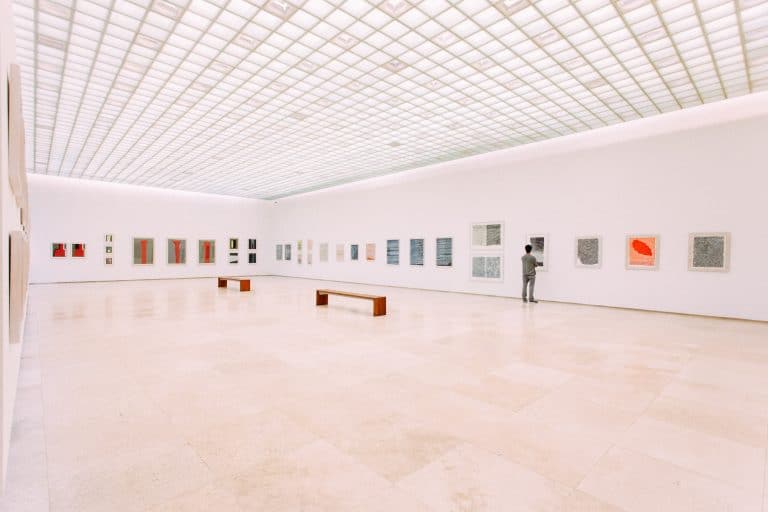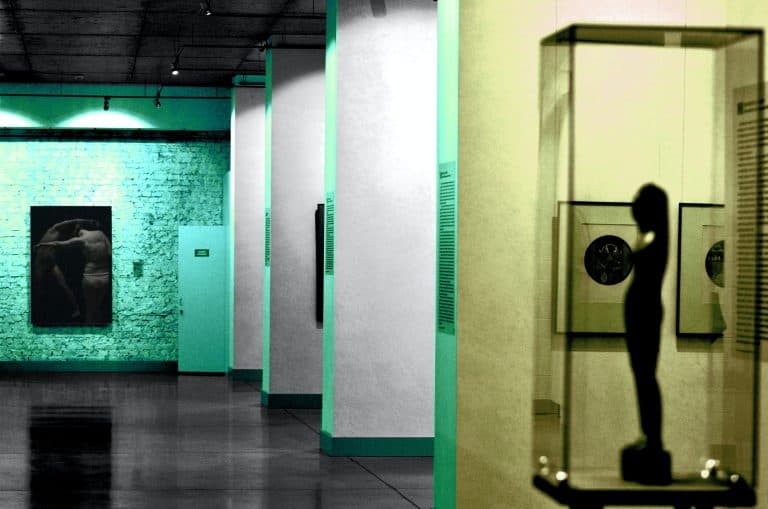7 Ways To Attract More Visitors To Your Art Gallery’s Website
drive visitors and ultimately art sales
As the owner of an art gallery, you want to find ways to get the word out about your art business. In this article, we explore 7 different ways you can attract more visitors to your gallery’s website and make sure that they stay there for a long time, rather than just clicking off after a few seconds. Ultimately, that’s the main goal of any art marketing.
Create an attractive and user-friendly website for your gallery
An art gallery’s website is its virtual front door, so it’s important to make sure that it is attractive and user-friendly. Here are some tips:
Use high-quality images: Make sure that the images on your website are clear and professional-looking. Use a variety of images, including photos of your paintings, sculptures, and other artwork, as well as pictures of your gallery space.
Make it easy to navigate: Visitors should be able to easily find the information they’re looking for on your website. Use clear and concise text, and organize your content in an intuitive way.

Include essential information: Make sure to include basic information about your gallery, such as your contact information, hours of operation, and location. You should also include a brief description of the type of art you sell or exhibit.
Highlight your events: If you host regular events at your gallery, be sure to prominently feature them on your website. Include upcoming event dates, times, and descriptions on your home page or in a dedicated “Events” section.
Make sure your website is current
An art gallery’s website is only as good as its most recent update, combined with its SEO art strategy and hosting. If a potential customer visits your site and sees that the last event was six months ago, they may not bother to come back. Make sure to keep your site current with regular updates, and include information about upcoming events as well as photos and videos from past events. This will show potential customers that your gallery is active and worth their time.

Make the site easily accessible to visitors
An art gallery’s website should be easy for visitors to navigate and find the information they are looking for. The home page should be designed so that visitors can immediately see what the gallery has to offer and how to get around the site.
The navigation bar should be prominently displayed and easy to use, with clear labels for each section. Visitors should be able to search for specific artists or artworks, and filter results by type of art, date, or other criteria.
The gallery’s contact information should be readily available, as well as a map if the gallery is located in a large city. Hours of operation and admission prices should also be listed prominently.
Images should be high quality and load quickly on all devices. Visitors should be able to click on images to enlarge them and see additional information about the artist and the artwork.
It is also important to provide social media links so that visitors can connect with the gallery on platforms like Facebook, Twitter, and Instagram. By making it easy for visitors to access all of this information, you will encourage them to explore the site and learn more about your gallery’s collection.
Make the art site mobile friendly
As more and more people use their mobile devices to browse the internet, it’s important to make sure that your website is mobile friendly. If your website isn’t optimised for mobile, you could be losing out on a lot of potential traffic. There are a few things you can do to make sure your website is mobile friendly:
– Use responsive design: This means that your website will automatically adjust to fit any screen size, making it easy to view on any device.
– Use large, easy-to-read text: Mobile users often have difficulty reading small text, so make sure your text is large and easy to read.
– Use simple navigation: Keep your menus and navigation simple and easy to use. Avoid using drop-down menus or complex navigation systems.


Create a blog for the gallery and have it on your main page
One way to attract more visitors is to create a blog and have it on your main page, as part of content marketing for your gallery. This will give you a platform to promote your exhibitions and events, as well as share news and other content about the gallery.
When creating content for your blog, make sure to target keywords that potential visitors might search for when looking for an art gallery. For example, if you’re based in London, you could target keywords such as “London art galleries” or “art exhibitions in London”. This will help ensure that your blog appears in search engine results pages (SERPs), and therefore makes it more likely that people will find and visit your site.
In addition to targeting relevant keywords, also try to write compelling and interesting content that will encourage people to read and share your blog posts. For example, you could write about the story behind a particular painting or exhibit, or share interviews with artists whose work is being shown at the gallery.
Create a newsletter for your website
We’ve covered creating a newsletter in a different guide, but one way to attract more visitors is to create and distribute a newsletter. This is a great way to keep people updated on new exhibitions, events, and news related to your gallery. Plus, it can help build excitement and anticipation for upcoming shows.
To get started, gather a list of email addresses from people who have visited your gallery or shown interest in your work in the past. You can also promote your newsletter on social media and your website to encourage sign-ups. Then, start creating compelling content that will make recipients want to open and read your newsletter every time it hits their inbox. Finally, be sure to send out your newsletter regularly – weekly or monthly is ideal – so that people always have something new to look forward to from your gallery.

Offer workshops and online courses through your gallery
Lastly, workshops and courses are a great way to attract more visitors to an art gallery’s website. They provide an opportunity for people to learn more about the arts and get involved in the creative process.
There are a few things to keep in mind when planning workshops and courses:
1. Make sure the content is relevant and interesting to your target audience.
2. Keep the class size small so that everyone has a chance to participate.
3. Choose a convenient time and location for your workshop or course.
4. Promote your event through social media and other channels.
Talk To One Of Our Experts.
Send an e-mail to Emile directly. He’ll get back to you as soon as possible.

